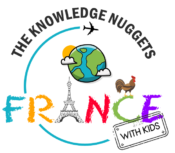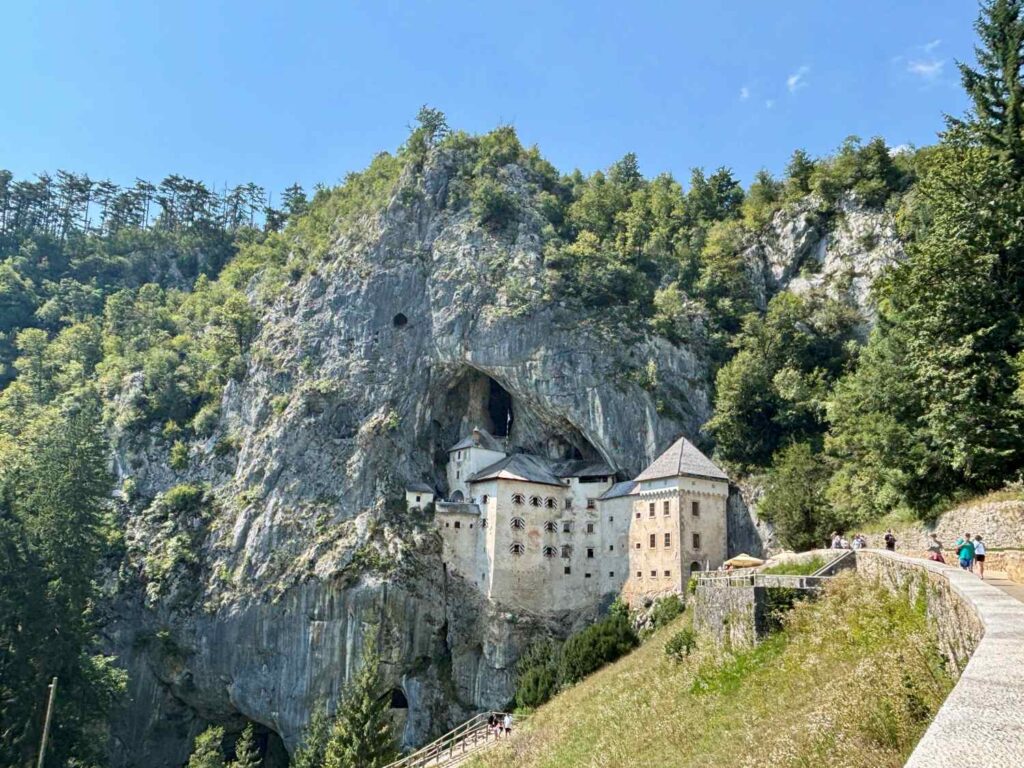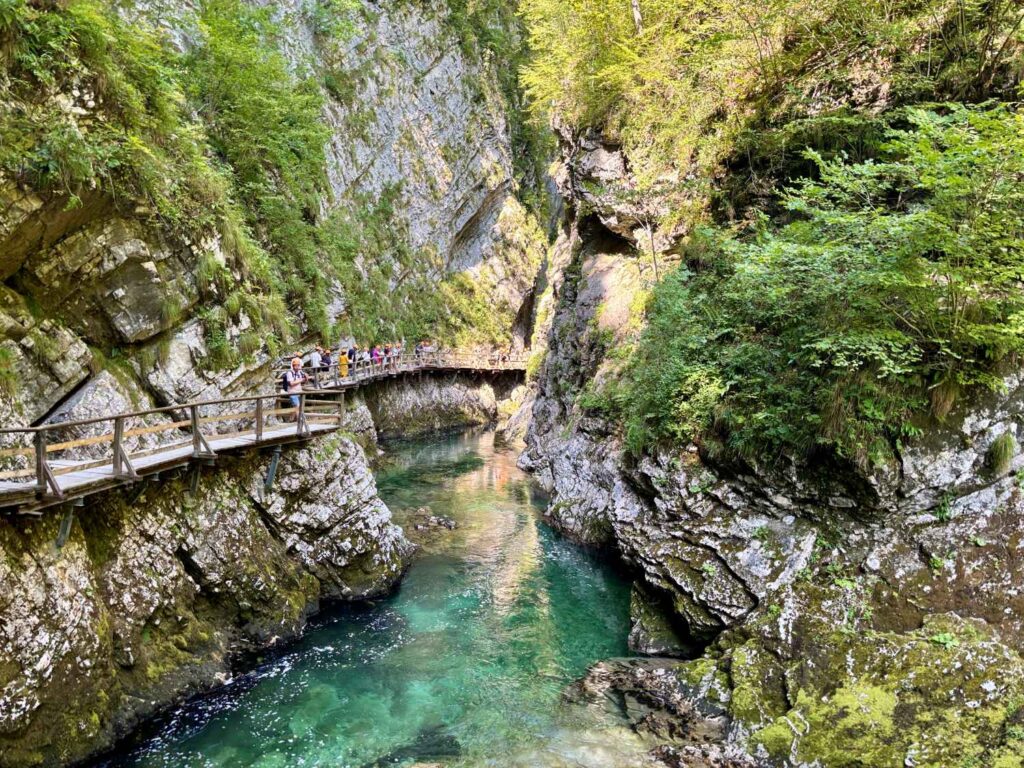For many families heading to the French mountains, enrolling their children in the French ski school ESF (École du Ski Français) is almost a rite of passage. Recognized by its signature red-uniformed instructors, ESF is synonymous with ski education in France. But what exactly makes ESF so iconic? Why does it dominate the ski school landscape in France, and how does it compare to other ski schools in France?
The origins of the French ski school ESF
The origins of the École du Ski Français (ESF) date back to the early 20th century, when skiing was beginning to emerge as both a sport and a means of winter travel in the French Alps. Before ESF, ski instruction in France was fragmented, with various local guides and instructors teaching their own methods, often influenced by Austrian and Swiss techniques. However, a unifying vision emerged in the 1940s, spearheaded by Émile Allais, a pioneering French ski racer and Olympic medalist.
Émile Allais was instrumental in developing a distinctively French approach to ski instruction, emphasizing a parallel skiing technique rather than the dominant Austrian snowplow method. In 1937, he published his book on modern skiing techniques, advocating a more aggressive and effective downhill style. His success as a ski champion, combined with his influence in ski pedagogy, led to the formalization of a French ski school system that would distinguish itself from the Austrian model.
In 1945, shortly after the end of World War II, ESF was officially founded with the goal of standardizing ski instruction across France and promoting Allais’ methodology. The initiative was strongly supported by the French government as part of a broader effort to boost winter tourism and national pride in French alpine culture. Over time, ESF expanded rapidly, establishing branches in ski resorts across the country.
ESF today
ESF has grown impressively with over 17,000 instructors teaching in more than 220 resorts. Its market share in France is estimated at more than 80%. Today, it remains the largest ski school network in the world. If your child is learning to ski in France, chances are, it’s with ESF.
Despite their use of French national symbols like the red, white, and blue of the tricolor flag and the adjective ‘français,’ ESF is not the official ski school of France but rather one of many ski schools operating in the country.
Many assume ESF is state-run due to its dominance, but all ski schools in France, including ESF, function independently of the government.
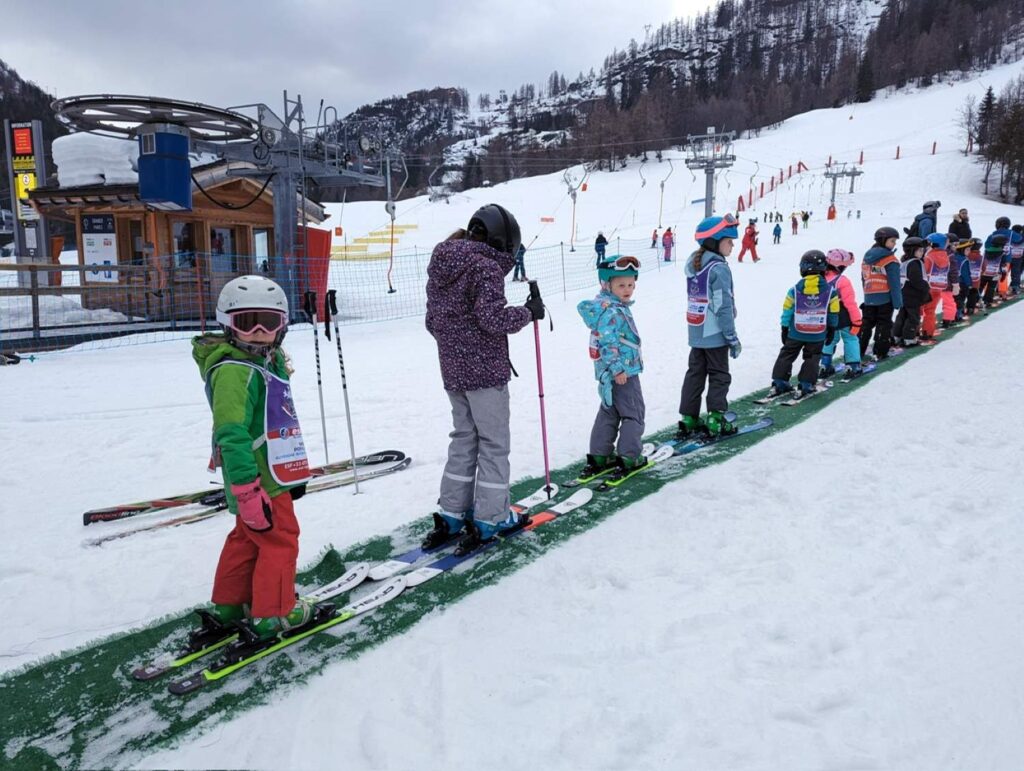
How ESF compares to other ski schools in France
While ESF is the largest and most recognized ski school in France, it is not the only option. Several private ski schools have emerged, offering alternatives to ESF’s more traditional and structured approach.
- ESI (École de Ski Internationale): ESI is the second-largest ski school network in France. It’s a popular alternative to ESF, known for its smaller groups and more individual attention. It’s ideal for beginner skiers who prefer smaller group lessons.
- Evolution 2: With small groups, multi-lingual instructors, and several different kids’ courses on offer, Evolution is ideal for young kids. The school offers both group and customized private lessons for a variety of different snow sports.
- Oxygène: A growing private ski school known popular for its family-friendly approach. It offers small group lessons and private lessons for those wanting to progress at their own pace.
- Other Ski Schools: Many resorts also have smaller, independent ski schools that offer customized private lessons, including off-piste training.
How ESF organizes ski lessons and what to expect
ESF operates a highly structured approach to ski lessons, designed to ensure progression through clearly defined skill levels. Lessons are typically offered in group formats, though private lessons are available for those who prefer more personalized instruction. Groups are categorized by age and ability, allowing children and adults alike to learn alongside skiers of similar skill levels.
A standard ESF lesson lasts around 2.5 to 3 hours for half-day sessions, while full-day options are available in some resorts. Beginners will start in designated learning zones with gentle slopes. More advanced skiers progress to steeper terrain as their skills improve. The emphasis is on technical skill development, with instructors guiding students through a mix of exercises, practice runs, and feedback sessions.
Children’s group ski lessons at ESF run for either 5 or 6 days. At the end of the week, they take a test to earn their medal, which allows them to progress to the next level and join more advanced lessons. The week concludes with a special ceremony where the instructor awards each child a badge or medal. This is usually an exciting moment that kids absolutely love!
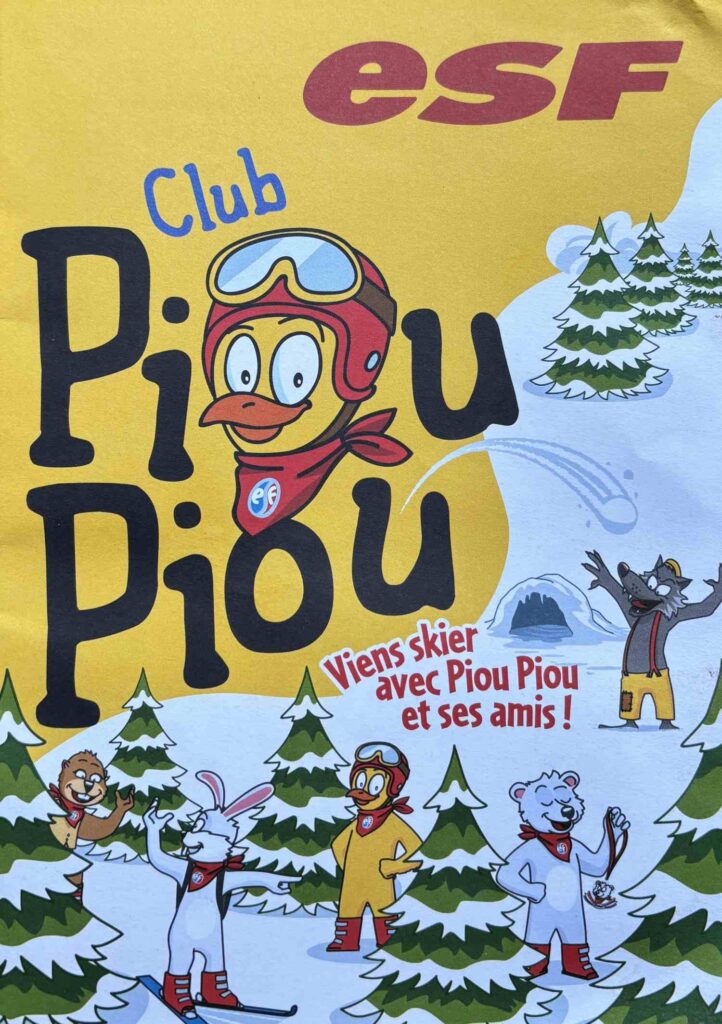
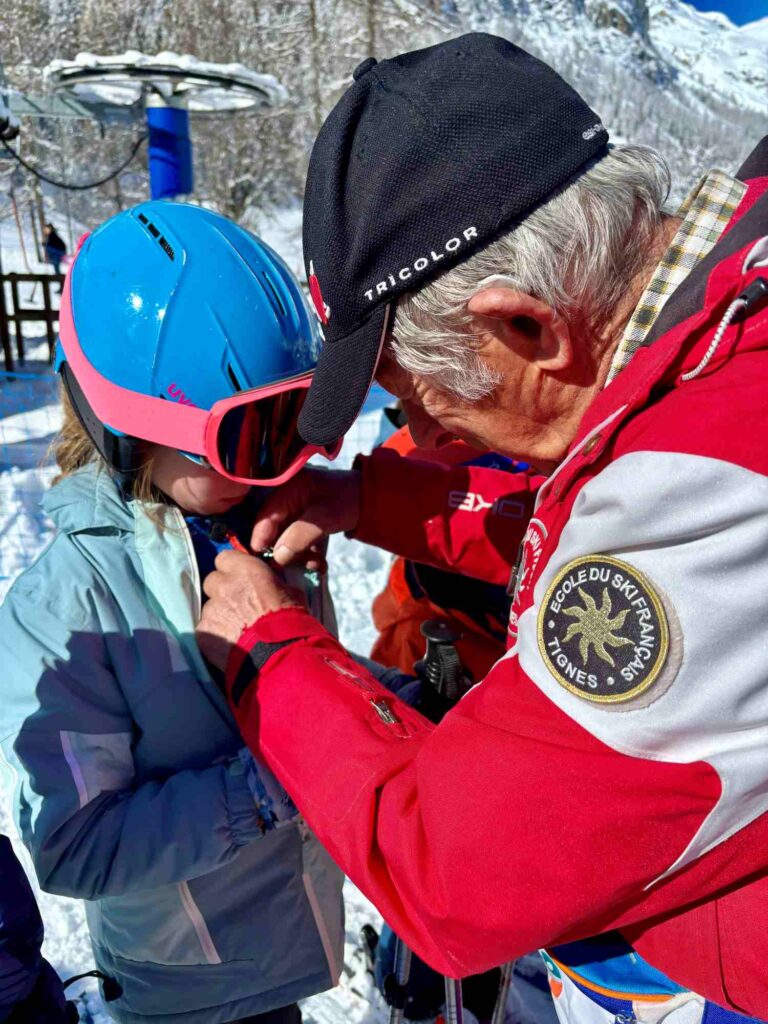
Why ESF is a great ski school for kids
What makes the French ski school ESF particularly great for small children is their Piou Piou Clubs, which cater to kids aged 3 and above. These clubs help young children become comfortable on skis in a safe environment with special equipment, including rope tows, mini-ski tows, and moving carpets. The focus is on play-based learning, ensuring that children develop confidence and balance before moving on to more structured lessons.
As children improve, they can progress through ESF’s well-established medal system, earning skill badges from Piou Piou for complete beginners to Étoile d’Or for advanced learners. One of ESF’s biggest advantages is its consistency across resorts. ESF follows a standardized curriculum, so if a child starts lessons in one resort one year and another the next, their progress will be recognized, and they can continue to the next level seamlessly.
The ESF kids’ ski levels: the medal system explained
For children learning to ski in France, the ESF medal system is everything. Each level is tied to a specific set of skills, and at the end of the course, children participate in an evaluation to earn their badge. Here’s how the levels work:
- Piou Piou Club (3–5 years old): For absolute beginners, this is where toddlers and preschoolers are introduced to skiing in a specially designed place with gentle slopes, play structures, and an emphasis on fun.
- Ourson (Bear Cub): The child learns to put on and take off skis by themselves, uses their first ski lifts, learns to move in several ways with their skis.
- Flocon (Snowflake): Introduces parallel turns on gentle slopes and builds confidence in linking turns.
- 1ère Étoile (1st Star): A more advanced beginner level where children start skiing on green and blue runs, learning more controlled parallel turns.
- 2ème Étoile (2nd Star): Focuses on improving control on steeper terrain and mastering parallel skiing.
- 3ème Étoile (3rd Star): Learns to knit together several turns between poles, with parallel skis; masters the balance while going down straight down the slope over bumps and other types of terrain.
- Étoile de Bronze (Bronze Star): Intermediate skiers work on exploring different types of snow and learn how to turn using their poles.
- Étoile d’Argent (Silver Star): Moving towards precision when performing trajectories and performing first simple jumps.
- Étoile d’Or (Gold Star): Prepares kids for competitive skiing techniques, on fairly steep slopes and any type of snow.
The medal system is a strong motivator for children. It makes skiing a structured and rewarding experience that keeps them engaged and progressing year after year.
Is ESF right for your kids?
Cost
When deciding whether ESF is the right choice for your child, several factors come into play. Cost is a key consideration—group lessons tend to be more affordable, while private lessons provide a higher level of personalized attention but come at a premium. Pricing varies between resorts, but in general, ESF remains competitively priced compared to other ski schools in France.
Teaching language
Language is another important aspect to consider. ESF lessons are primarily taught in French, although some instructors do speak English. If your child is a beginner or unfamiliar with French, they may find group lessons challenging, whereas private lessons can offer more flexibility in language options.
Locations
Another advantage of ESF is its availability across the French Alps. With over 220 resorts offering ESF instruction, it is a convenient choice for families who visit different resorts each year. Because ESF follows a standardized curriculum, children can seamlessly continue their ski education without interruption, as their progress from previous years is recognized no matter which resort they attend. However, not every resort in France is exclusively served by ESF. Some resorts may have contracts with alternative ski schools.
Ultimately, the ski school ESF is an excellent option for families looking for structured, well-established ski instruction in France. However, if you prefer English-speaking instructors, smaller group sizes, or a more flexible teaching approach, you may want to explore private lessons or alternative ski schools available at your resort.
Read here about my experience of skiing with kids in Tignes, France where ESF is also present. This high-altitude resort in the French Alps offers snow-sure slopes, family-friendly accommodations, and a vast ski area that caters to all levels.
Why not make your next holiday in France a skiing trip with kids? Check out some of the best ski resorts in France to book here.
Do you have experience with ESF or other ski schools in France with kids? Share in the comments below!
Disclosure: This post contains affiliate links and I receive a commission if you visit a link and buy something on my recommendation. Purchasing via an affiliate link doesn’t cost you any extra, and I only recommend products and services I trust. All opinions are my own. For more details see my disclaimer and privacy policy.
